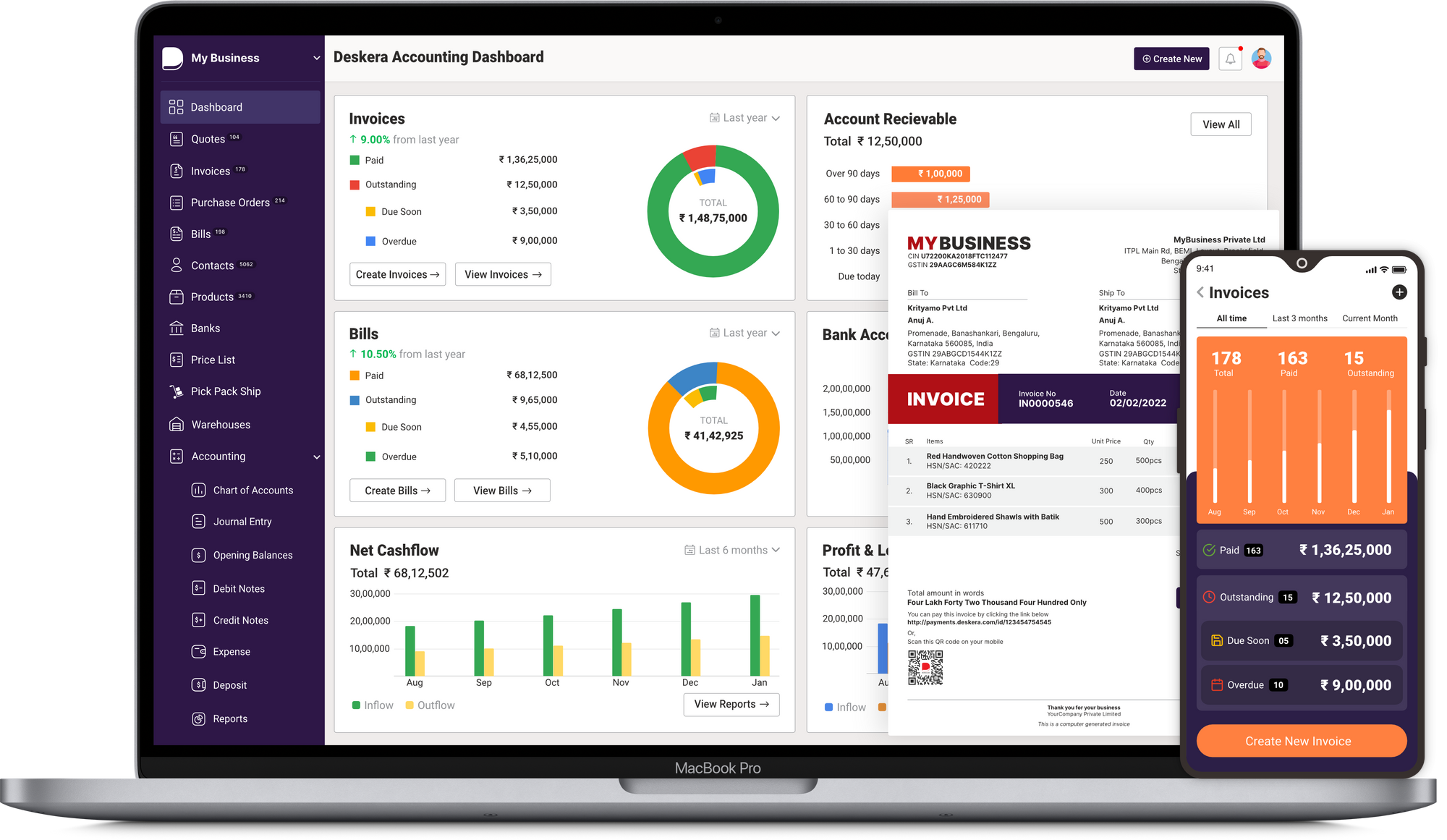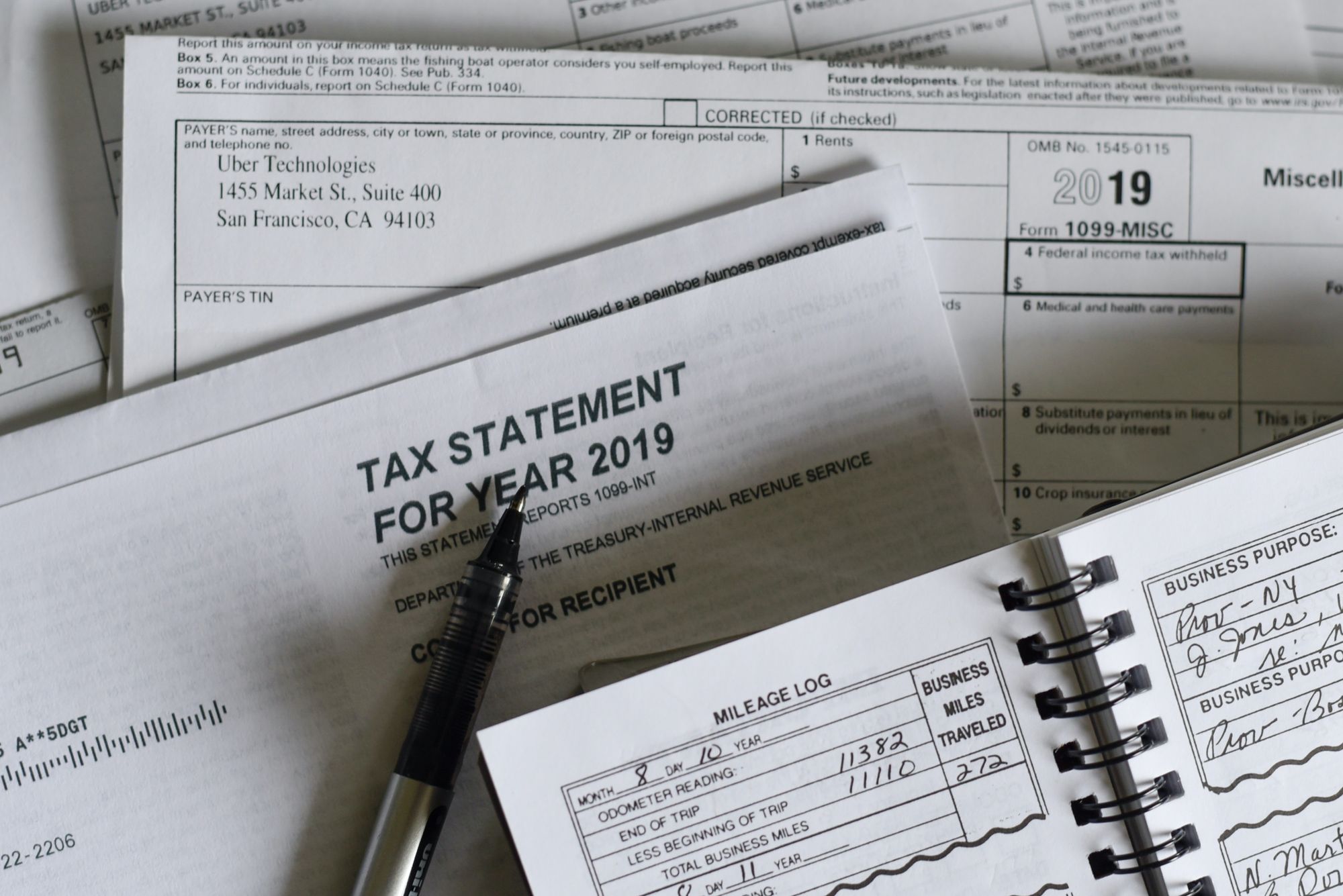Modern Monetary Theory is an important new school of economic thought that could have major implications for how governments and national economies operate.
It provides governments with a way to fund programs and investments without having to rely on taxation or borrowing from other countries, and it offers a way to manage their money supply responsibly. Learn all about it in this blog.
This article covers the following:
- What is Modern Monetary Theory?
- History of MMT
- Pros and Cons of MMT
- Implications of MMT
- Government Responses to MMT
- The Impact of MMT on the Economy
- Challenges of Implementing MMT
- Potential risks in MMT
What is Modern Monetary Theory?
Modern Monetary Theory (MMT) is an economic theory that focuses on the role of government spending and taxation in the economy. It suggests that governments can and should use fiscal policy such as taxation and spending to manage their economies.
MMT is based on the premise that governments should be allowed to spend and tax as needed to achieve their economic goals. This is in contrast to traditional fiscal policy, which is based on the belief that governments should only spend and tax when necessary to balance the budget.
MMT states that governments should use fiscal policy to achieve full employment and price stability. It also argues that governments can print money to fund spending without causing inflation, as long as they manage the money supply and keep the inflation rate low.
Furthermore, MMT suggests that taxation should be used as a tool to redistribute income and to ensure that the government has enough revenue to pay for its spending. MMT argues that government deficits are not necessarily a bad thing, since they can be used to stimulate the economy and generate growth.
It also suggests that government deficits should not be viewed as a burden on future generations, since the money can be used to provide services and create jobs. Overall, MMT is an economic theory that focuses on how governments can use fiscal policy to manage the economy.
It supports the use of government spending and taxation to achieve full employment and price stability, and suggests that government deficits can be used to generate economic growth.
History of Modern Monetary Theory
Modern Monetary Theory (MMT) is a macroeconomic theory developed in the late 20th century that provides an alternative to traditional theories of money and government finance.
It was developed in response to the increasing criticism of neoclassical economic theories, which rely on the assumption of a neutral money supply and the efficient markets hypothesis.
MMT advocates for a more expansive role for government in economic policy, including the ability to create and spend money as a way to finance public goods and services. MMT has its roots in the works of the early 20th century economists such as John Maynard Keynes, Irving Fisher, and Abba Lerner.
Keynes argued that government should intervene in the economy to offset fluctuations in private sector demand and promote employment. Fisher argued that money should be managed as a public utility, while Lerner argued that government spending should be used to stimulate aggregate demand and maintain full employment.
In the late 1960s and early 1970s, the development of Modern Monetary Theory was heavily influenced by the work of economists such as Wynne Godley, James Tobin, and Hyman Minsky.
Godley argued that fiscal policy should be used to stabilize the economy, while Tobin proposed the idea of a “Tobin Tax” to discourage speculation in the financial markets.
Minsky proposed the idea of “financial instability hypothesis,” which suggested that over-leveraging and speculative bubbles could lead to financial instability. More recently, economists such as Stephanie Kelton, Randall Wray, and L. Randall Wray have played an important role in developing MMT further.
They have argued that governments should take an active role in managing the economy and that deficits can be used to finance public goods and services. They also argue that the government should use fiscal policy to maintain full employment rather than relying on the market to do so.
Today, Modern Monetary Theory is an important part of macroeconomic policy, particularly in countries with a high degree of public debt and deficit. It is also gaining traction as an alternative to traditional theories of money and government finance and is being used to inform fiscal and monetary policy decisions in many countries around the world.
What are the Pros and Cons of Modern Monetary Theory?
Modern Monetary Theory (MMT) is a macroeconomic framework which proposes that governments can and should create unlimited amounts of money to fund public spending programs.
MMT is based on the premise that the government’s ability to create money is unlimited and should be used to fund public programs. In contrast to conventional economic theory, which suggests that governments should use fiscal and monetary policy to control the money supply, MMT suggests that governments should use their ability to create money to fund public spending programs.
Pros
Increased Funding for Public Programs
One of the main advantages of MMT is that it allows governments to create more money to fund public programs. This could include programs related to infrastructure, education, healthcare, and more. With increased funding, governments could provide more services to their citizens and stimulate economic growth.
More Flexible Monetary Policy
MMT allows governments to be more flexible with their monetary policies. By creating more money, governments can respond quickly to economic downturns and other events that can negatively impact the economy. This could be useful in times of crisis, when governments need to act quickly in order to protect the public and the economy. 3.
More Responsive Government
MMT allows governments to be more responsive to the needs of their citizens. By creating more money, governments can provide more services and respond quickly to the needs of their citizens. This could lead to more efficient and effective public services that meet the needs of the public.
Cons
Inflationary Risk
One of the main disadvantages of MMT is that it could lead to inflation. If the government prints too much money, it could cause the price of goods and services to rise, resulting in higher prices for consumers. This could also lead to a decrease in the value of money, as it would no longer be able to buy as much as it used to.
Lack of Fiscal Discipline
Another potential downside of MMT is that it could lead to a lack of fiscal discipline from governments. If governments can create money to fund public programs, they may be less likely to make difficult decisions about cutting spending in order to balance their budgets. This could lead to larger deficits and higher levels of public debt.
Political Influence
MMT could also lead to increased political influence over the economy. If governments can create money to fund public programs, they may be tempted to use this power to buy votes and manipulate the economy for their own benefit.
This could lead to an increase in corruption and cronyism. Overall, Modern Monetary Theory has its advantages and disadvantages. While it could provide increased funding for public programs and allow governments to be more responsive to their citizens' needs, it could also lead to inflation, a lack of fiscal discipline, and increased political influence over the economy.
Ultimately, it is up to governments to decide whether or not they want to pursue MMT, as it could have both positive and negative impacts on their economies.
Implications of Modern Monetary Theory
Modern Monetary Theory (MMT) is a relatively new and increasingly popular economic theory. It provides a new way of looking at the economy, and its implications are far-reaching.
At its core, MMT argues that governments can and should create money to fund public programs and social spending. This is in stark contrast to the traditional approach of relying on taxes and borrowing to finance public spending.
According to MMT, governments can and should create money to fund public programs since they are the only entities with the legal authority to do so. This is known as “monetary sovereignty.”
MMT also argues that governments should not be concerned about budget deficits and debt levels. This is because the government has the ability to create money, and so its debts are not like a household’s debts, where it may not have the ability to pay them back.
MMT proponents argue that government debt is not a problem unless the economy is at full employment and inflation is too high. One of the most important implications of MMT is that it provides a new way of looking at taxation.
MMT suggests that taxes should be used to manage the economy, not to finance public spending. Taxes should be used to manage aggregate demand and to reduce inflation when the economy is growing too quickly.
This means that taxes should be used as a tool to manage the economy and not as a way to fund public spending. Another implication of MMT is that it challenges the idea that the government should run a balanced budget.
MMT does not believe that the government should try to balance its budget every year. Instead, it believes that the government should use its ability to create money to fund public spending and that budget deficits are not necessarily a bad thing.
Finally, MMT suggests that governments should focus on job creation and economic growth rather than on deficit reduction. It suggests that governments should use their ability to create money to fund job-creating projects and other forms of social spending.
This will help to ensure that there are enough jobs to meet the demands of the labor force and that the economy is growing at a healthy rate. These are just a few of the implications of Modern Monetary Theory. As the theory continues to gain traction, we will likely see more analysis of its implications and its effects on different aspects of the economy.
Government Responses to Modern Monetary Theory
Modern Monetary Theory (MMT) is an economic theory that examines the role of government spending and taxation in an economy. It suggests that government spending and taxation should be used to achieve full employment and price stability and that government deficits are not necessarily bad for the economy.
The concept of MMT has become increasingly popular over the past several years, as governments around the world have responded to economic crises and slow economic growth with increased levels of deficit spending.
Although MMT has been accepted by some mainstream economists, there is still a lot of debate about its effectiveness and implications. In response to the increasing popularity of MMT, governments around the world have implemented a variety of policies to support the theory.
For example, the US government has implemented a series of quantitative easing programs since 2008 which have increased the money supply and boosted the economy.
Other governments have implemented fiscal stimulus packages which have increased government spending and reduced taxes in order to boost economic activity. In addition to these policies, governments have also begun to rethink their approach to taxation.
Some governments have implemented targeted tax cuts for certain industries or individuals in order to spur economic activity, while others have increased taxes on wealthier individuals and corporations in order to reduce inequality and fund government spending.
Finally, governments have begun to pay closer attention to the role of central banks in the economy. Central banks are responsible for setting interest rates and controlling the money supply.
Many governments have begun to focus on using monetary policy to target specific economic goals, such as maintaining low unemployment or stimulating economic growth.
Overall, governments around the world have responded to the increasing popularity of Modern Monetary Theory by implementing a variety of policies to support the theory.
These policies range from the implementation of fiscal and monetary stimulus to targeted tax cuts, to the rethinking of central bank policies. As the debate over the efficacy of MMT continues, governments will likely continue to experiment with its implementation.
What is the Impact of Modern Monetary Theory on the Economy?
Modern Monetary Theory (MMT) is a relatively new economic theory that has had a significant impact on the way we think about economic policy. It is based on the idea that governments don't need to balance their budgets in order to achieve economic stability.
Instead, they can use spending and taxation as tools to manage the economy. In the past, governments had to rely on taxation and borrowing to finance their spending. This meant that if a government wanted to increase spending, it had to either raise taxes or increase borrowing.
MMT suggests that governments don't need to do this, and instead can simply create new money to finance their spending. This allows them to fund programs that can stimulate economic growth and provide public services without having to rely on taxes or borrowing.
The idea behind MMT is that governments should focus on full employment, price stability, and economic growth rather than worrying about budget deficits. This means that governments can be more proactive in managing the economy and can use their spending as a tool to stimulate economic activity. This can help reduce inequality, improve economic growth, and create more jobs.
At the same time, MMT has been criticized for its potential to create large deficits. Critics argue that governments could become too reliant on the ability to create new money and may not have the necessary fiscal discipline.
As such, MMT proponents have argued that governments should still be accountable to the people and should not just rely on the ability to create new money to finance their spending.
Overall, the impact of Modern Monetary Theory on the economy is still being debated. However, it has already had a significant impact on the way we think about economic policy and how governments can manage their economies. As more countries around the world experiment with MMT, we may see its impact become more significant in the future.
Challenges of Implementing Modern Monetary Theory
Modern Monetary Theory (MMT) has been gaining momentum in recent years as an alternative to traditional monetary policy. MMT proposes a different approach to managing the economy than the traditional Keynesian and monetarist theories and has been praised for its potential to help economies become more resilient and equitable. However, implementing MMT is not without its challenges.
One of the biggest challenges is the lack of understanding and acceptance of the theory. MMT is still a relatively new concept, and many economists and policymakers are unfamiliar with it or are skeptical of its efficacy.
This lack of knowledge can make it difficult for MMT to gain the support it needs to be adopted. Another challenge is the complexity of MMT. The theory proposes a new framework for managing the economy, and this complexity can be overwhelming for those unfamiliar with the concept. In addition, the implications of MMT can vary from country to country, making it difficult to create a unified policy.
Finally, there are also practical challenges to implementing MMT. Many countries have long-standing economic systems that are difficult to change, and the implementation of MMT may require significant changes to existing policies and institutions. This can be difficult to achieve and can take time, making it a challenge for the theory to be adopted and implemented.
These challenges can make it difficult for MMT to be adopted and implemented, but with enough understanding and support it can be done. By creating awareness and educating policymakers, economists, and the public, MMT can be seen as a viable alternative to traditional economic policies. With the right support, MMT could become a powerful tool in helping economies become more equitable and resilient.
Potential Risks in Modern Monetary Theory
Modern Monetary Theory (MMT) is an economic theory that has gained increasing traction in recent years, particularly in the wake of the financial crisis of 2008. MMT focuses on the role of government spending, taxation, and money supply in fostering economic growth.
In short, it advocates for governments to use their own sovereign currency to fund public spending while allowing deficits to exist. While MMT has been heavily debated since its introduction, there are some potential risks associated with its implementation.
Firstly, MMT suggests that governments can increase spending without worrying about debt since they can always print more money. This could lead to inflation, as the resulting money supply would outstrip the available goods and services, leading to higher prices.
In addition, governments may be tempted to use MMT as a way to fund excessive spending, leading to further economic instability. Another potential risk of MMT is that it could lead to higher interest rates.
As governments issue more debt to fund their spending, this could lead to an increase in borrowing costs as investors demand a higher return for their money. This could lead to higher debt servicing costs, which could, in turn, stifle economic growth.
Finally, the implementation of MMT could also lead to currency devaluation. As governments print more money, the value of their currency could decrease in relation to other currencies, leading to adverse effects on trade and investment.
Overall, while MMT has its advantages, there are also potential risks associated with its implementation. As such, governments should take great care to ensure that any implementation of the theory is done in a responsible manner. Furthermore, it is important that governments are held accountable and that they are transparent in their fiscal policies.
How Can Deskera Assist You?
Like every business, we are sure you aim for the skies too, and with Deskera, we can help you achieve your target. The Deskera software will improve your supply chain management in ways you have never seen before. Let us understand what these ways are.

To start with, with Deskera books, you can make your supply chain management a breeze. Manage your sales and orders from start to finish. Create estimates and convert them to invoices upon confirmation. Receive and record online payments automatically. Fulfill orders and keep track of your cost of goods sold.
Take charge of your inventory; now, manage all your inventory through a single dashboard. Whether you're picking, packing, shipping, or even dropshipping, we've got you covered.
Key Takeaways:
- Modern Monetary Theory (MMT) is an economic theory that focuses on the role of government spending and taxation in the economy.
- Modern Monetary Theory (MMT) is a macroeconomic theory developed in the late 20th century that provides an alternative to traditional theories of money and government finance.
- One of the main advantages of MMT is that it allows governments to create more money to fund public programs.
- At its core, MMT argues that governments can and should create money to fund public programs and social spending.
- Modern Monetary Theory (MMT) is an economic theory that examines the role of government spending and taxation in an economy.
Related Articles:










